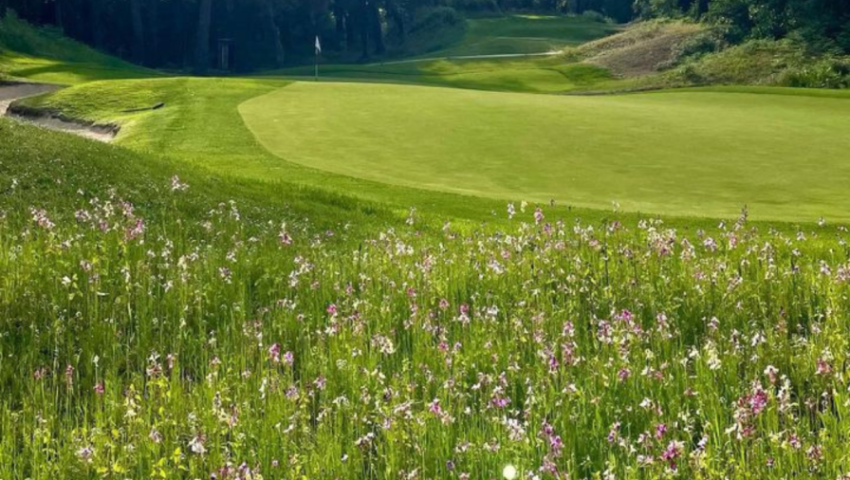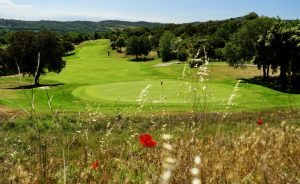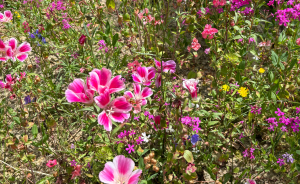A cookie is a file, which does not allow the identification of the user of the Site, but which records information relating to the navigation of a computer on a site. The data thus obtained are intended to facilitate navigation on the site and are also intended to allow various measures of use.
Our Resonance Golf Collection golf clubs are committed to preserving their environment on a daily basis. To this end, concrete actions are put in place to reconcile sport and the preservation of local biodiversity, such as ecological meadows, also known as natural zones.
What is an ecological meadow?
Ecological meadows are areas left in their natural state around the golf course. Without excessive human intervention, these areas encourage local species, both flora and fauna, to develop freely. Unlike fairways and greens, which are regularly mowed and maintained by golf course gardeners, these meadows require very little maintenance. They are made up of grasses, native plants and wild flowers and are home to a rich biodiversity. The benefits of these grassland areas are twofold: on the one hand, they beautify the surroundings of golf courses and, on the other, they play a crucial role in protecting the environment.
The environmental challenges of ecological meadows
Preserving biodiversity
In line with our commitment to the Golf for Biodiversity Programme initiated by the French Golf Federation and in collaboration with the Muséum National d’Histoire Naturelle, the introduction of ecological meadows at our Resonance Golf Collection golf clubs in France represents a real challenge for our teams on the ground in terms of protecting the local environment. These areas help to recreate habitats for numerous species of insects, small mammals and birds. They provide a real refuge, favouring nesting areas and are also sources of food, all of which play an active part in the conservation of local wildlife.
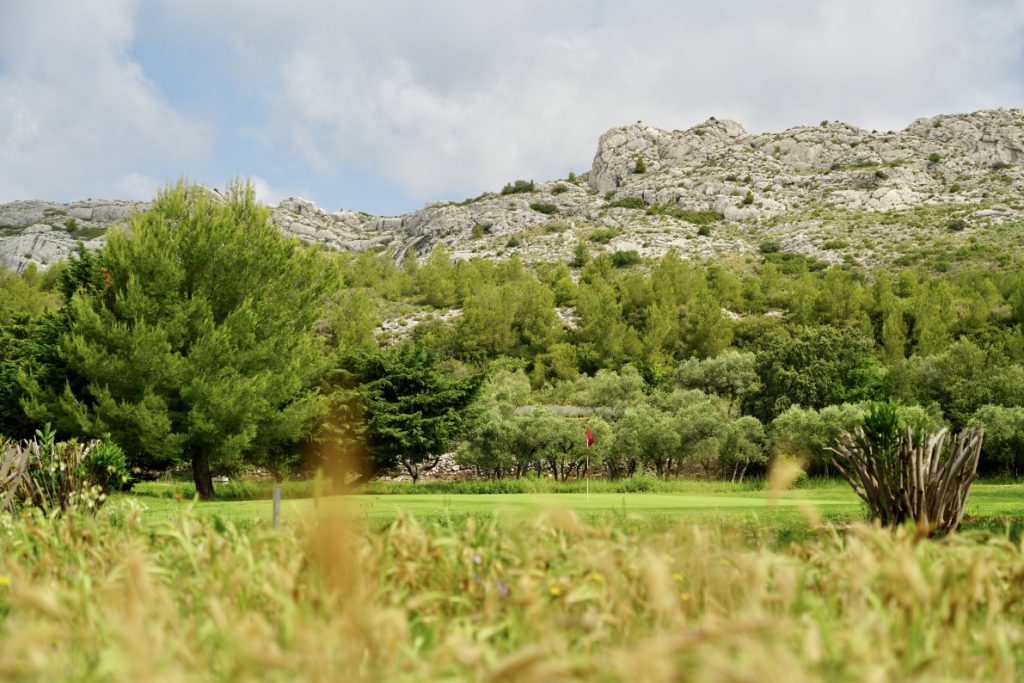
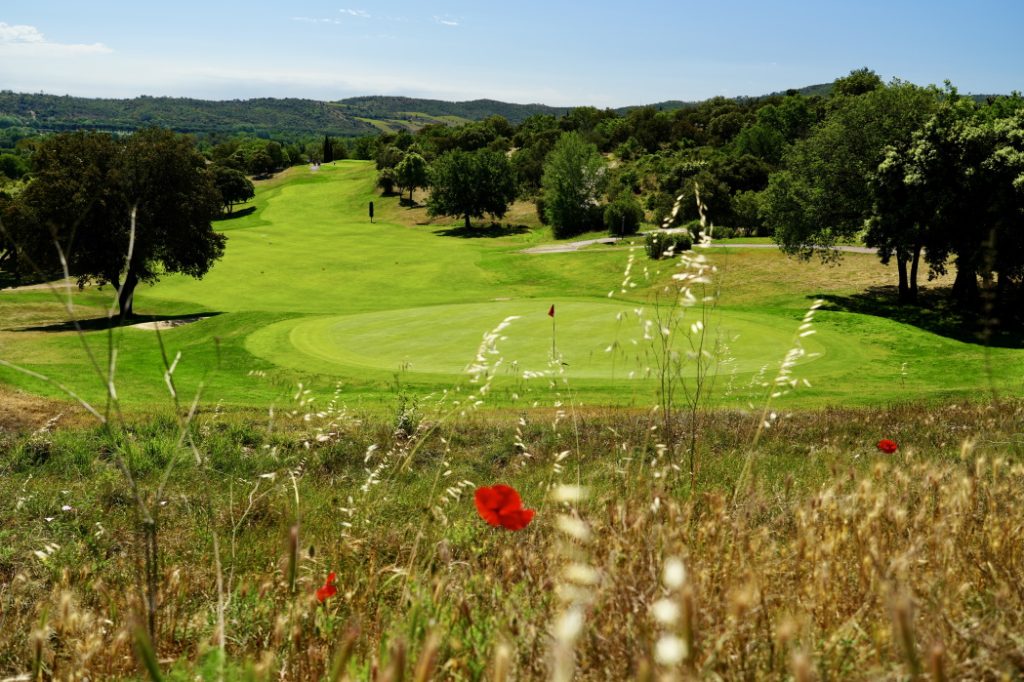
Reducing the use of water and chemical products
Our Resonance Golf Collection golf clubs undertake numerous initiatives and make investments to find solutions that reduce the use of water and chemical products to maintain their courses. Ecological meadows are one of these initiatives, as they require no water input apart from natural watering, being composed of local plants adapted to the climatic conditions of the terrain in which they are located. At the same time, these areas do not require chemical treatment, thereby reducing soil pollution.
Climate regulation and action against carbon dioxide
Ecological grasslands can, in their own small way, help to regulate the climate, since plants, particularly grasses, act on the carbon dioxide present in the atmosphere by capturing it through the process of photosynthesis.
New aesthetic zones around the course
In addition to their significant role in protecting biodiversity, ecological meadows contribute to the aesthetics of the course. Our courses are no longer just places to play, they are also real havens of peace in the middle of nature, where golfers and non-golfers alike can come and recharge their batteries.
